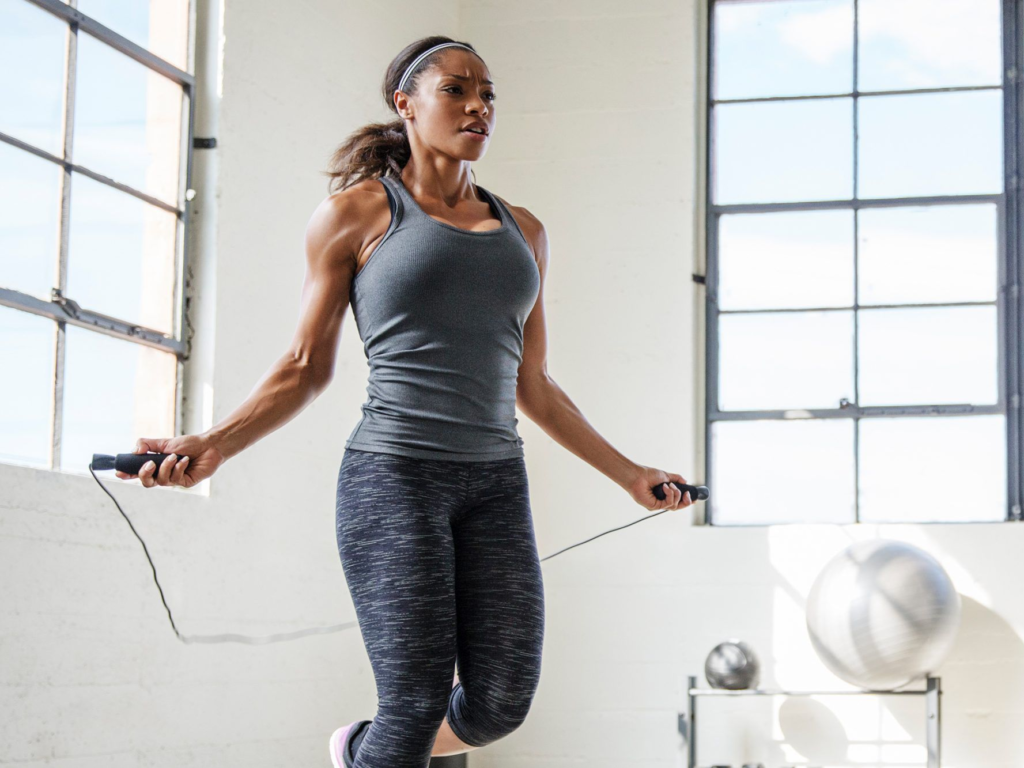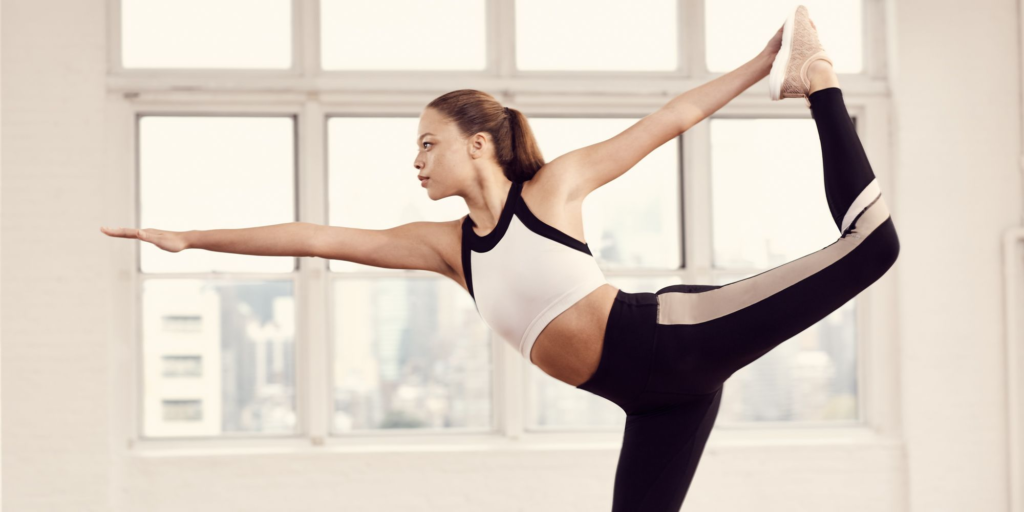Turning 50 is a major milestone in life. It can be a time to celebrate all that you’ve accomplished and look forward to the next phase of your life.
For many people, this milestone is also a time to reassess their health and fitness levels.
If you’re hoping to get back into shape or improve your overall health, you may be wondering how much you should be working out each week.
The good news is that there’s no one-size-fits-all answer to this question. The amount of exercise you need will depend on factors like your current fitness level, health goals, and overall lifestyle.
With that said, the general recommendations for adults aged 50 and over are at least 150 minutes of moderate-intensity aerobic activity per week or 75 minutes of vigorous-intensity aerobic activity.
You should also aim to do strength training exercises at least two days per week.
If you’re just starting, it’s important to ease into your new workout routine. Gradually increase the frequency and intensity of your workouts as your fitness level improves.
And always listen to your body – if you’re feeling pain or excessive fatigue, take a break and consult with your doctor.
No matter how much you work out, though, remember that physical activity is just one part of a healthy lifestyle.
Be sure to eat a balanced diet, get enough sleep, and manage stress levels to improve your overall well-being.
That said, let’s now take a more detailed look with a list of the different types of exercise you should be doing once you turn 50.
Cardio

Cardio, or aerobic exercise, is any type of activity that gets your heart rate up and increases your breathing. This could include activities like walking, jogging, swimming, biking, or dancing.
As noted, the American Heart Association recommends 150 minutes of moderate-intensity cardio exercise for people aged 50+ weekly. That works out to about 30 minutes per day, five days per week.
If you’re more fit, you may be able to get away with 75 minutes of vigorous-intensity cardio instead. This could include activities like running, playing tennis, or doing HIIT workouts.
Just remember to listen to your body and take breaks when needed.
Strength Training

In addition to cardio, strength training is an important part of a well-rounded exercise routine. This type of exercise helps build muscle mass, which can help reduce the risk of injuries and improve your overall physical health.
The American College of Sports Medicine recommends that adults aged 50 and over do strength training exercises at least two days per week.
Each session should include 8-12 repetitions of 8-10 different exercises that target all major muscle groups.
If you’re new to strength training, it’s important to start slow and gradually increase the difficulty of your workouts as you get stronger.
You may also want to consider working with a personal trainer or taking a class at your local gym to learn proper form and technique.
Balance Training

As we age, our risk of falling increases. This is due to several factors, including muscle loss, poor vision, and medications that can cause dizziness or drowsiness.
To help reduce your risk of falling, the National Institute on Aging recommends doing balance training exercises at least three days per week.
These exercises help improve your sense of body positioning and improve your ability to control your movements.
There are many different types of balance training exercises you can do. Some simple examples include standing on one leg, walking heel-to-toe in a straight line, or doing side leg raises.
Again, start slow and gradually increase the difficulty of your workouts as you get better.
You may also want to consider using a balance training device like a stability ball or Bosu ball to add an extra challenge to your workouts.
Flexibility Training
Flexibility, or stretching, exercises help improve your range of motion and can help prevent injuries. They’re also a great way to relieve muscle tension and soreness after a workout.
The National Institute on Aging recommends doing flexibility exercises at least three days per week. Each session should include 8-10 different stretches that target all major muscle groups.
To get started, you can do simple stretches like arm swings, leg swings, or trunk rotations.
As with any type of exercise, be sure to warm up before stretching and listen to your body to avoid overstretching or injuring yourself.
Flexibility training is an important part of a well-rounded exercise routine, but it’s also important to keep in mind that everyone has different levels of flexibility.
Don’t try to force yourself into a stretch or position that is uncomfortable. Instead, focus on slowly and gently lengthening your muscles until you feel a gentle stretch.
Wrapping Up
Exercise is an important part of a healthy lifestyle at any age. However, it’s especially important for people over the age of 50.
This is because we tend to lose muscle mass, bone density, and balance as we age, which can lead to many health problems.
By following the tips above, you can help reduce your risk of developing these problems and improve your overall health.
Just remember to start slow and gradually increase the difficulty of your workouts as you get stronger and more fit.
And, as always, be sure to listen to your body and talk to your doctor before starting any new exercise routine.

Sandra is a health blogger based in San Diego, California. She is passionate about living a healthy lifestyle. She loves being outdoors and exploring new places with her husband. She is a mom of two awesome kids and a dog named Luna!
